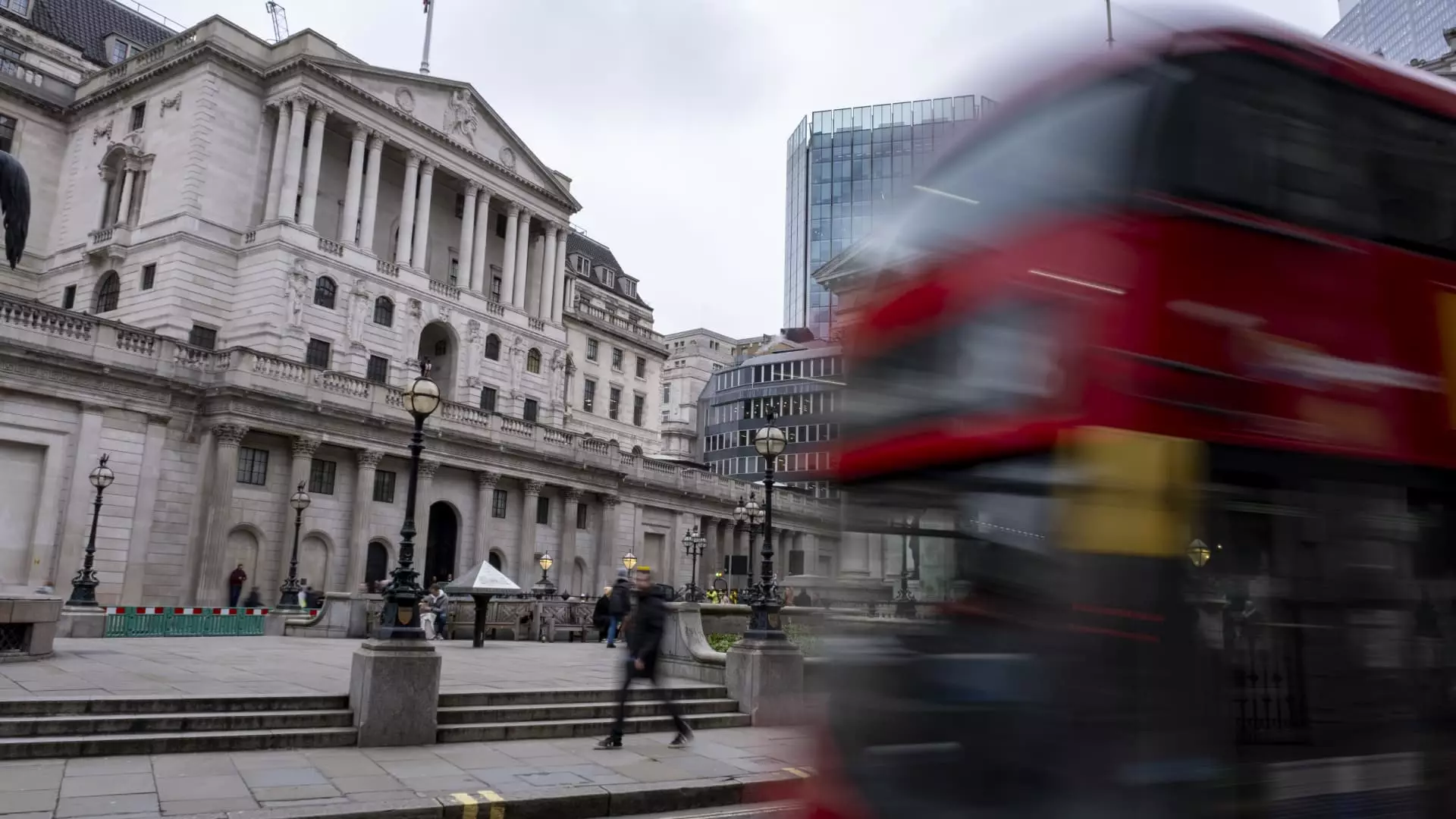The Bank of England recently decided to keep interest rates stable at 5.25%, opting not to make any changes. However, there were hints that rate cuts may be on the horizon due to a faster-than-expected decline in inflation. The Monetary Policy Committee voted 8-1 in favor of maintaining the current rates, with one member advocating for a 25 basis point reduction to 5%. This decision marks a shift in the cycle, as there were no longer any members pushing for further rate hikes as seen in previous meetings.
One of the main factors influencing the decision to potentially cut interest rates was the significant drop in headline inflation, which fell to 3.4% in February, the lowest level since September 2021. This decline was attributed to base effects and external factors such as energy and goods prices. The central bank anticipates that the consumer price index will return to the 2% target by the second quarter, especially with the upcoming reduction in the household energy price cap in April.
The Bank of England acknowledged that its current restrictive monetary policy stance has been weighing on economic activity, leading to a softer labor market and downward pressure on inflation. Despite these effects, the committee emphasized that maintaining a restrictive monetary policy is crucial to achieving a sustainable return to the 2% inflation target in the medium term. The overall goal is to strike a balance between controlling inflation and preventing a prolonged economic downturn, especially in light of the recent technical recession that the U.K. has experienced.
Amidst a global inflation surge, central banks worldwide are grappling with when to unwind their monetary policies after a period of aggressive tightening. In contrast to the Bank of England’s decision, the U.S. Federal Reserve opted to keep rates steady and maintain its projection for three rate cuts this year. Chair Jerome Powell emphasized the importance of confirming that inflation is heading back to the 2% target, despite recent inflation readings being higher than anticipated.
Following the announcement of the Bank of England’s decision to keep rates steady, the Sterling dipped and U.K. bonds rallied, indicating a dovish shift in the market sentiment. This change was attributed to the notable shift in the MPC’s voting pattern, with the two most hawkish members withdrawing their calls for a rate increase. Economists like Suren Thiru and Barret Kupelian expressed concerns and insights regarding the potential for future rate cuts and the need for concrete evidence of cooling inflationary pressures on various economic fronts before implementing any changes.
The Bank of England’s decision to maintain interest rates at 5.25% while contemplating future rate cuts reflects a cautious approach to balancing inflation management and economic stability. The deflation in headline inflation and the ongoing global economic challenges pose significant considerations for policymakers as they navigate the delicate task of steering the economy towards sustainable growth. As the central bank continues to monitor key indicators and external factors, the path towards achieving the desired inflation target remains uncertain, requiring careful assessment and strategic decision-making to ensure long-term economic viability.

Leave a Reply